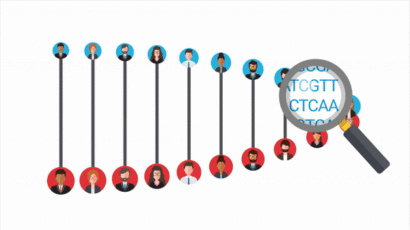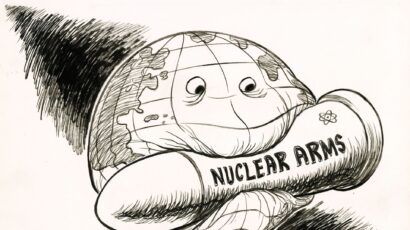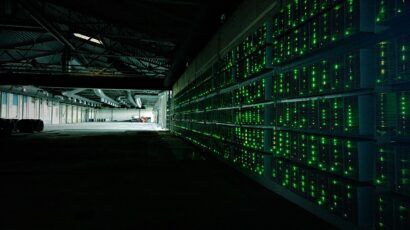DIY graphic design
By Yousaf Butt, Ferenc Dalnoki-Veress | November 28, 2012
This week the Associated Press reported that unnamed officials “from a country critical of Iran’s nuclear program” leaked an illustration to demonstrate that “Iranian scientists have run computer simulations for a nuclear weapon that would produce more than triple the explosive force of the World War II bomb that destroyed Hiroshima.” The article stated that these officials provided the undated diagram “to bolster their arguments that Iran’s nuclear program must be halted.”
This week the Associated Press reported that unnamed officials "from a country critical of Iran's nuclear program" leaked an illustration to demonstrate that "Iranian scientists have run computer simulations for a nuclear weapon that would produce more than triple the explosive force of the World War II bomb that destroyed Hiroshima." The article stated that these officials provided the undated diagram "to bolster their arguments that Iran's nuclear program must be halted."
The graphic has not yet been authenticated; however, even if authentic, it would not qualify as proof of a nuclear weapons program. Besides the issue of authenticity, the diagram features quite a massive error, which is unlikely to have been made by research scientists working at a national level.
The image released to the Associated Press shows two curves: one that plots the energy versus time, and another that plots the power output versus time, presumably from a fission device. But these two curves do not correspond: If the energy curve is correct, then the peak power should be much lower — around 300 million ( 3×108) kt per second, instead of the currently stated 17 trillion (1.7 x1013) kt per second. As is, the diagram features a nearly million-fold error.
This diagram does nothing more than indicate either slipshod analysis or an amateurish hoax.
In any case, the level of scientific sophistication needed to produce such a graph corresponds to that typically found in graduate- or advanced undergraduate-level nuclear physics courses.
While such a graphic, if authentic, may be a concern, it is not a cause for alarm. And it certainly is not something proscribed by the Comprehensive Safeguards Agreement between the International Atomic Energy Agency and Iran, nor any other international agreements to which Iran is a party. No secrets are needed to produce the plot of the explosive force of a nuclear weapon — just straightforward nuclear physics.
Though the image does not imply that computer simulations were actually run, even if they were, this is the type of project a student could present in a nuclear-science course. The diagram simply shows that the bulk of the nuclear fission yield is produced in a short, 0.1 microsecond, pulse. Since the 1950s, it has been standard knowledge that, in a fission device, the last few generations of neutron multiplication yield the bulk of the energy output. It is neither a secret, nor indicative of a nuclear weapons program.
Graphs such as the one published by the Associated Press can be found in nuclear science textbooks and on the Internet. For instance, The Effects of Nuclear Weapons, by physicists Samuel Glasstone and Philip Dolan, features a similar diagram as its Figure 7.84. This iconic book is freely available online and is considered to be the open-source authority on the subject of nuclear weapons and nuclear weapon effects. Another graphic can be found in Figure 2.11 of the textbook The Physics of the Manhattan Project.
It is important to note that other non-nuclear states party to the Nuclear Non-Proliferation Treaty have conducted much more serious computational research on nuclear weaponry. For example, a military institute in Brazil published a 2009 doctoral thesis titled "Numerical Simulation of Thermonuclear Detonations in Fission-Fusion Hybrids Imploded by Radiation," which is directly relevant to nuclear weaponization.
The amateurish and technically incorrect graph published by the Associated Press, even if authenticated, pales in comparison to that detailed study.
Together, we make the world safer.
The Bulletin elevates expert voices above the noise. But as an independent nonprofit organization, our operations depend on the support of readers like you. Help us continue to deliver quality journalism that holds leaders accountable. Your support of our work at any level is important. In return, we promise our coverage will be understandable, influential, vigilant, solution-oriented, and fair-minded. Together we can make a difference.
Topics: Nuclear Weapons, Opinion















